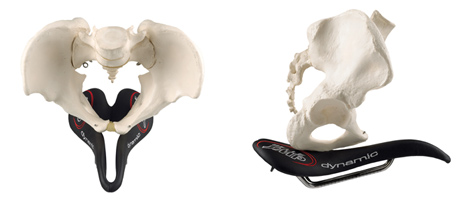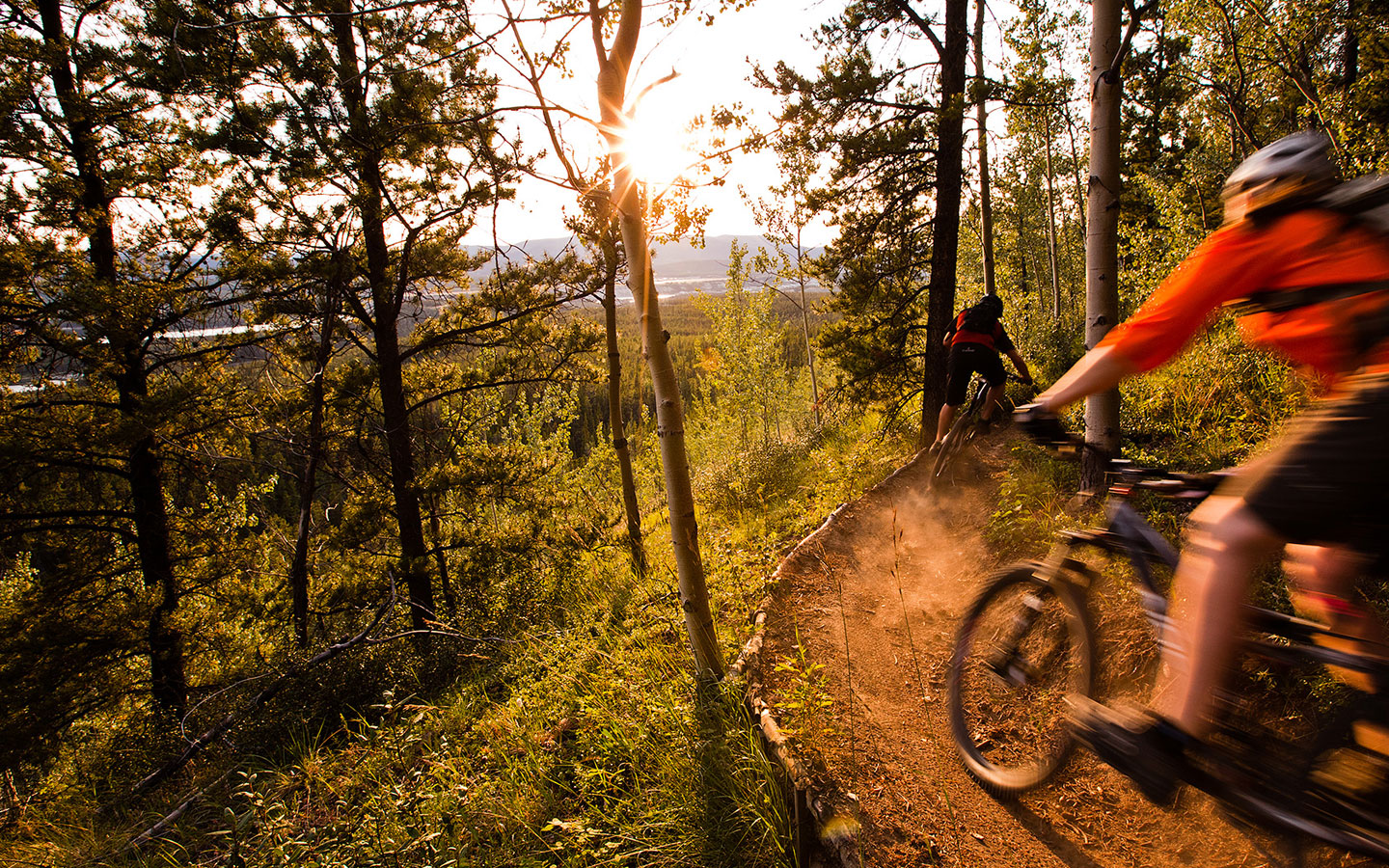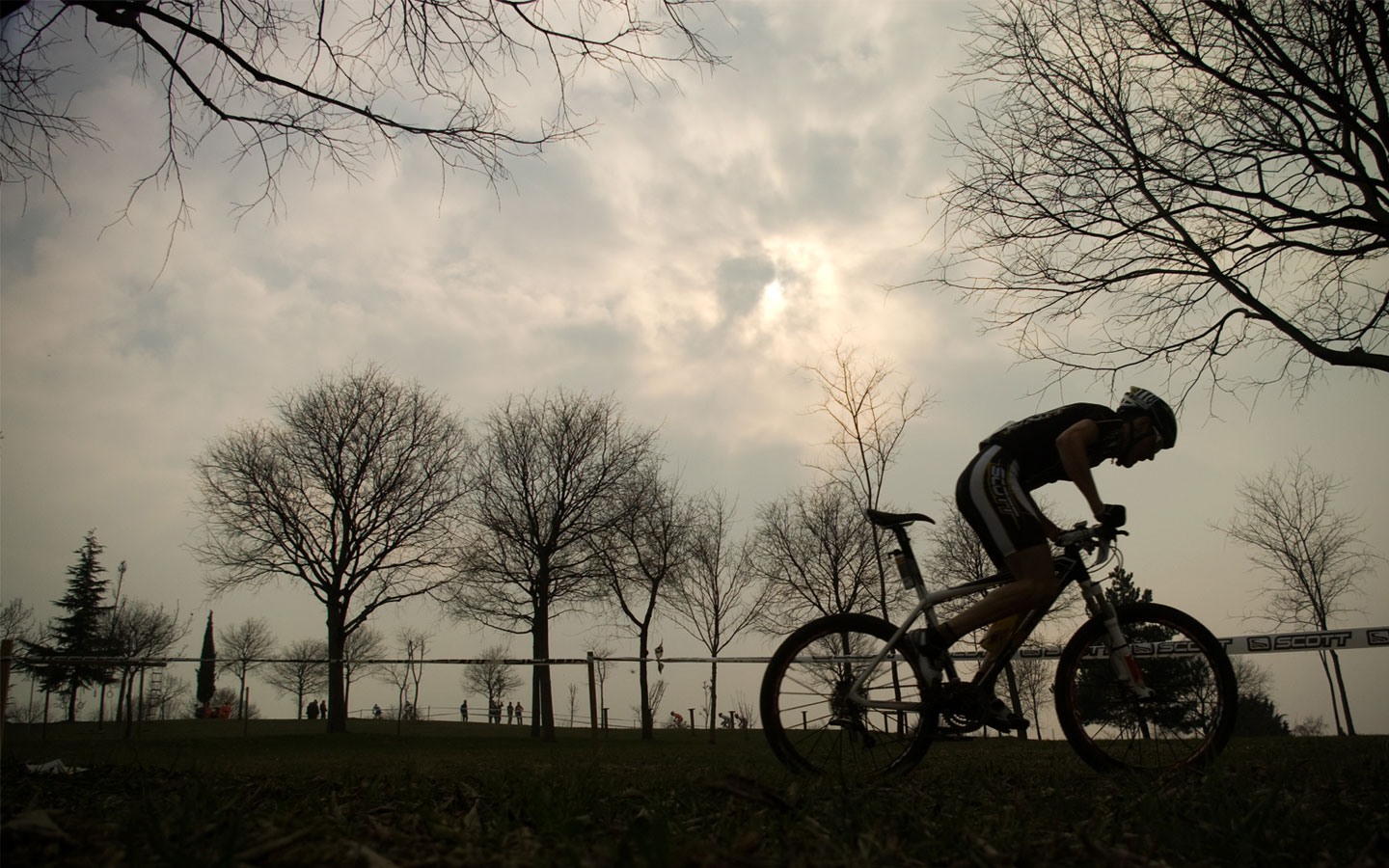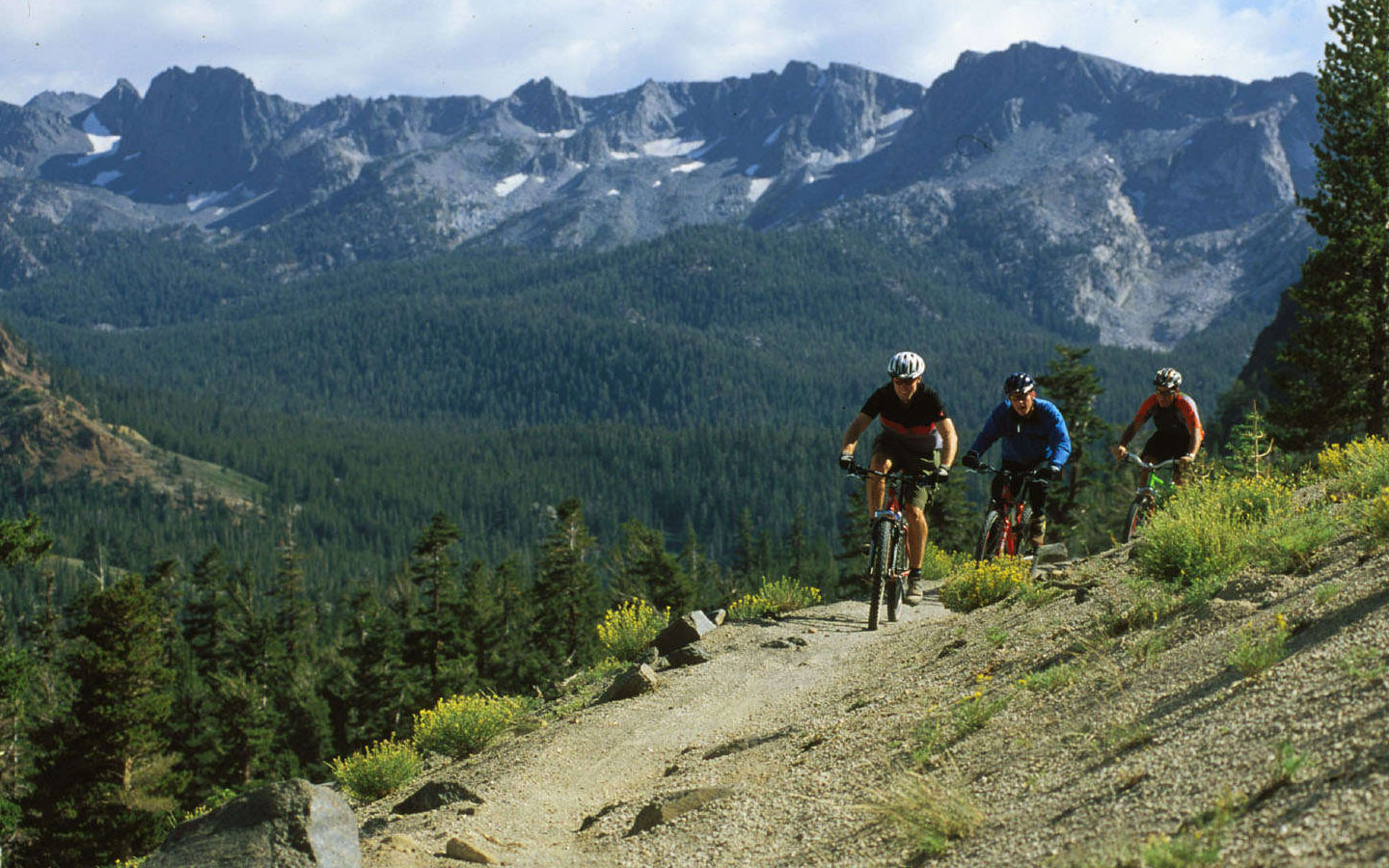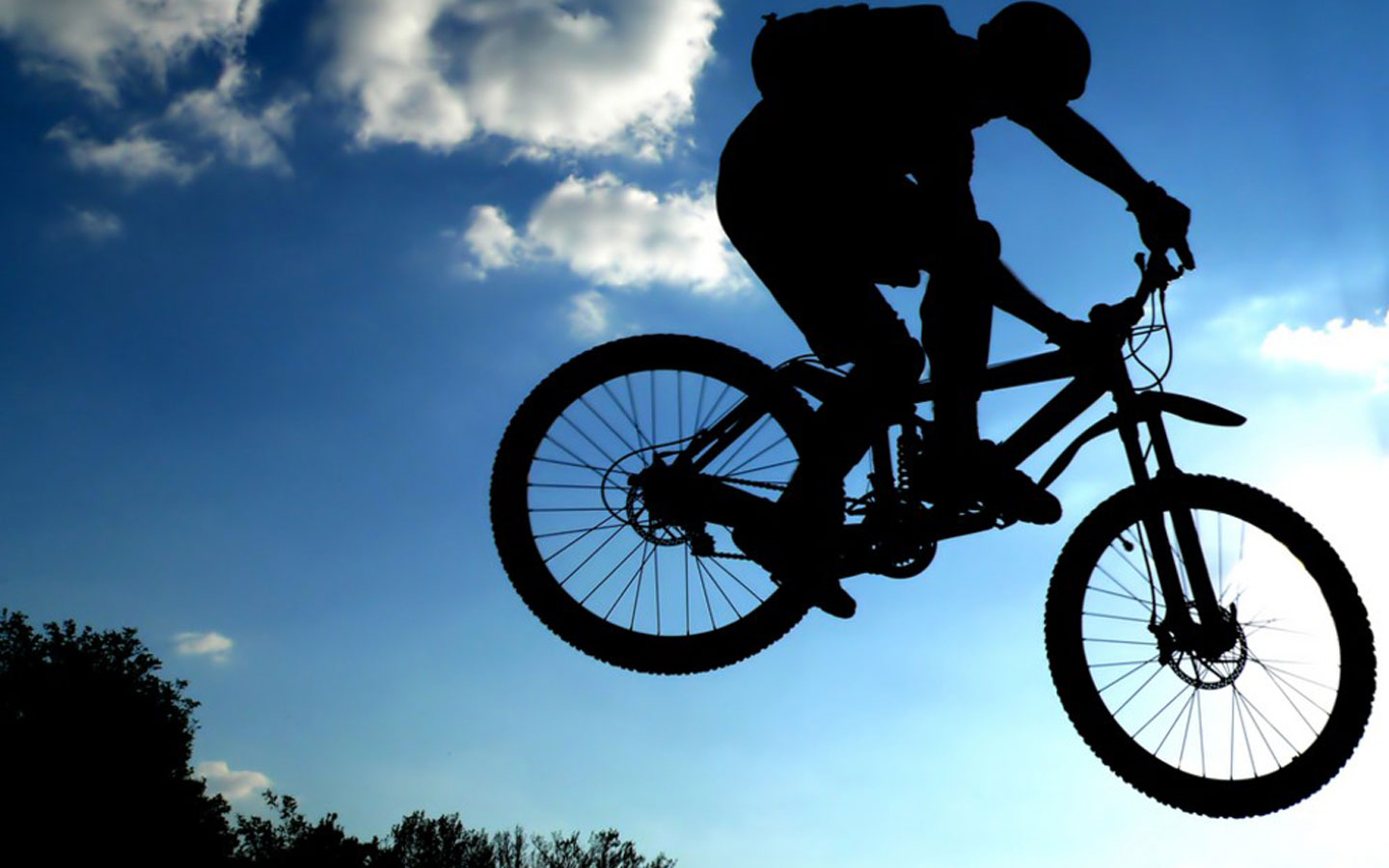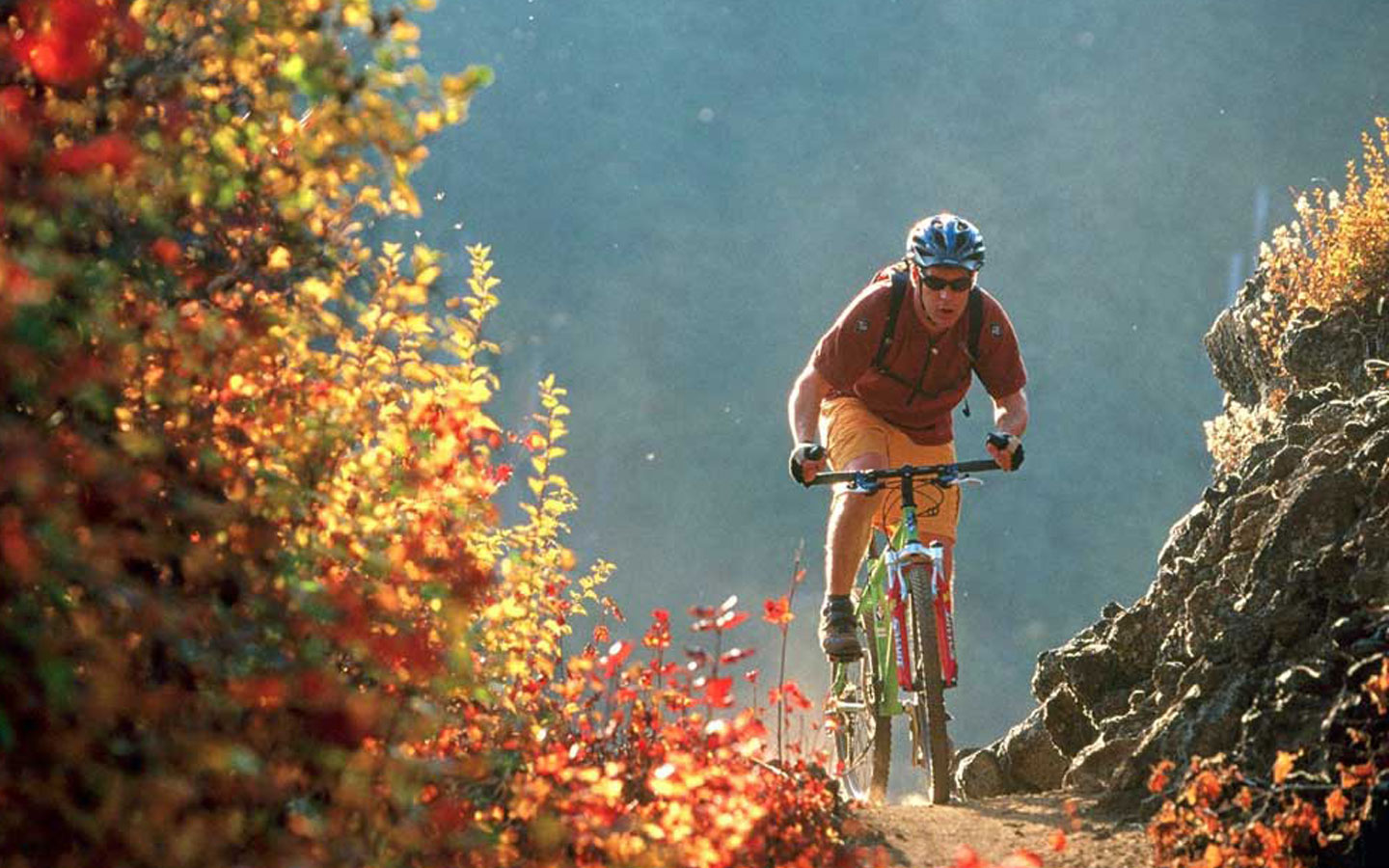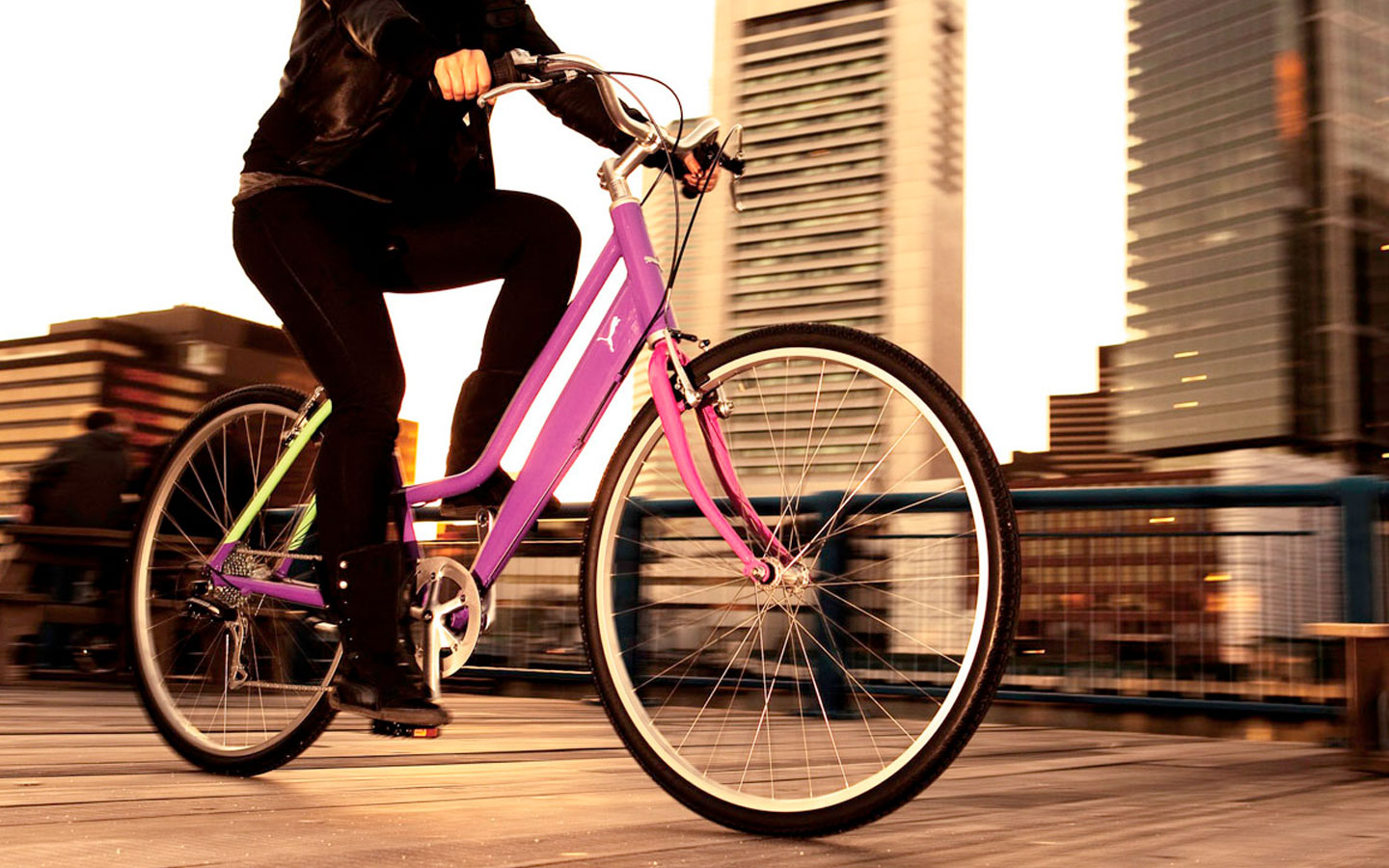HOW TO CHOOSE YOUR SADDLE

For the majority of cyclists choosing a high performance seat, fit for their personal needs and able to prevent disturbances, is perhaps the most complicated passage in defining the technical equipment of the bicycle, therefore finding a compromise is often the norm. Let’s analyze the various elements at play and the possible solutions in order to provide the cyclist with practical assistance.
The crucial importance of the seat among all bicycle components is due to the particular function persistently carried out on a very complex anatomical part from the point of view of bones and particularly rich in circulatory vessels. Furthermore, the physical-skeletal conformation of the pelvis bone and the musculature around it, like every other physical characteristic, is unique and specific for each individual (not even twins are absolutely identical). Even if anthropometric statistical studies have enabled identifying “classes” of pelvic width, within them the morphological variability of the various structures is quite limited.
Analyzing the pelvis structure and its interaction with the seat surface shows that the bone complex involved in sitting is the iliac bone, consisting of the ischium, ilium and pubic bones. The lower-back part of the iliac bone is characterized by an ischial tuberosity, which, together with the superior ramus of the ischium, bears the weight of the body in the normal sitting position.

The resting surface is therefore a few square centimeters in which there are bones, muscles, tendons and cartilage. During a normal bicycle ride these organs and structures are subjected to stress from prolonged compression and traumas from impact.Stress from prolonged compression: its extent depends on the shape of the seat, how it interacts with the morphology of the pelvis and the type of padding it has.Traumas from impact: impact and danger are directly correlated with the absorption capacity of the padding, with the shape of the seat and the way it interacts with the pelvis.Riding on a well-paved flat road leads the cyclist to constantly sit on the seat and a consequent prevalence of compression stress. On the contrary, riding a mountain bike on a rough and uneven trail, characterized by frequent sprints and technical descents leads to even violent impact and sitting less on the seat.
For these reasons Selle SMP recommends more padded saddles for off-road cycling (ex. BMX, cross-country, free ride, downhill, all mountain, etc.) and for all those specialties that involve jumps and stunts (street, urban, trial, etc.). In reality, according to our experts, using a SMP seat with at least light padding is in any case always advisable. SMP seats with padding are on average more comfortable and better absorb the roughness of the terrain, more effectively protecting the cyclist from the risk of micro traumas caused by the terrain and asphalt, both off and on road.
Apart from the type of cycling, numerous other factors must be considered when choosing the right seat. The athlete’s physical morphology, height, the interaxis/width of the ischial tuberosities, age, weight, pelvis conformation, which by correlating pants size to weight and height can be defined as narrow or normal or wide.




